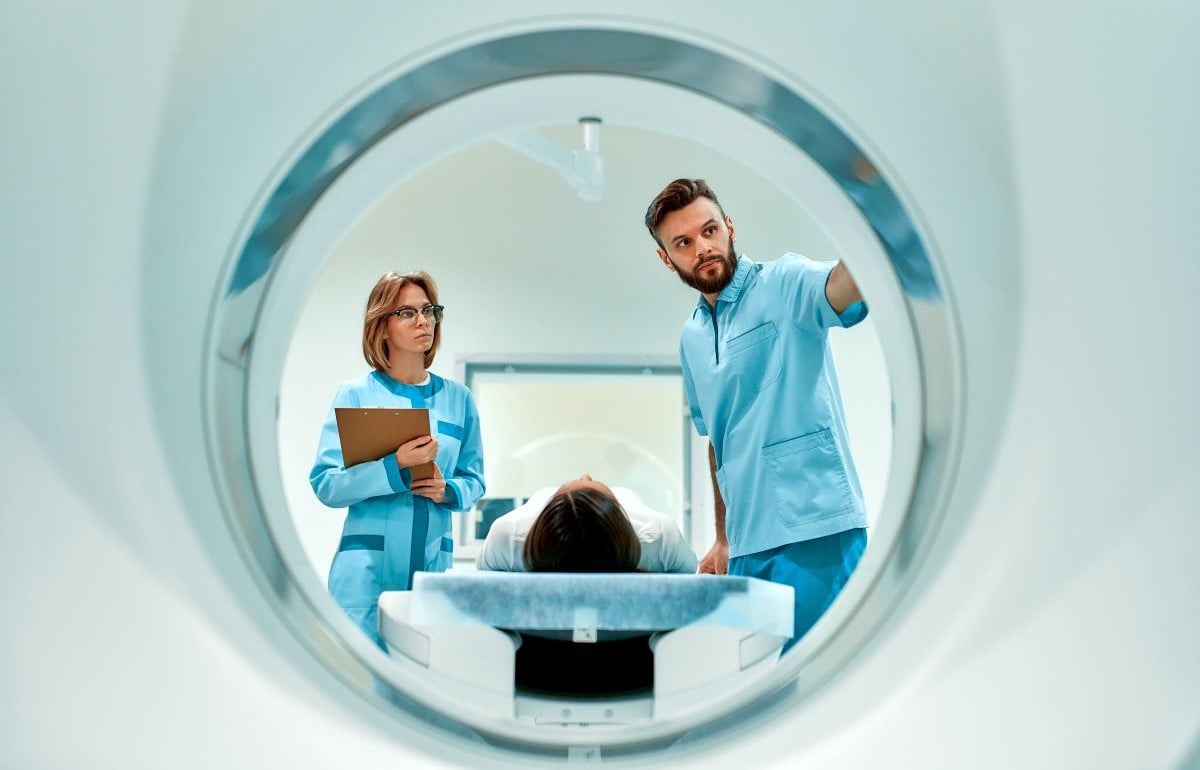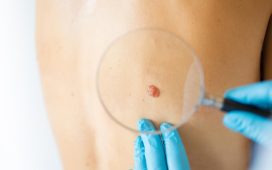CT analysis, including visceral fat, can predict various conditions
By Elana Gotkine HealthDay Reporter
FRIDAY, Aug. 16, 2024 (HealthDay News) — Automated multiorgan computed tomography (CT), including visceral fat, can predict diabetes and associated cardiometabolic conditions, according to a study published online Aug. 6 in Radiology.
Yoosoo Chang, M.D., Ph.D., from Sungkyunkwan University School of Medicine in Seoul, South Korea, and colleagues examined the ability of automated CT-derived markers to predict diabetes and associated cardiometabolic comorbidities in a retrospective cohort study of Korean adults. Participants underwent health screening with fluorine 18 fluorodeoxyglucose positron emission tomography/CT between January 2012 and December 2015. Data were included for 32,166 adults in a cross-sectional analysis and for 27,298 adults in a cohort analysis.
The researchers found that diabetes prevalence and incidence were 6 and 9 percent at baseline and during the 7.3-year median follow-up, respectively. The highest predictive performance for prevalent and incident diabetes was seen for the visceral fat index, with areas under the curve (AUCs) of 0.70 and 0.82 for men and women, respectively, and C-indexes of 0.68 and 0.82, respectively. Predictive performance was improved by combining visceral fat, muscle area, liver fat faction, and aortic calcification, yielding C-indexes of 0.69 and 0.83 for men and women, respectively. For identifying metabolic syndrome, the AUCs for the visceral fat index were 0.81 and 0.90 for men and women, respectively. Ultrasound-diagnosed fatty liver, coronary artery calcium scores >100, sarcopenia, and osteoporosis were also identified by CT-derived markers, with AUCs ranging from 0.80 to 0.95.
“CT-derived parameters, particularly the visceral fat area index, outperformed traditional methods for predicting type 2 diabetes mellitus in both sexes,” the authors write.
Several authors disclosed ties to MEDICAL IP.
Editorial (subscription or payment may be required)
Copyright © 2024 HealthDay. All rights reserved.








